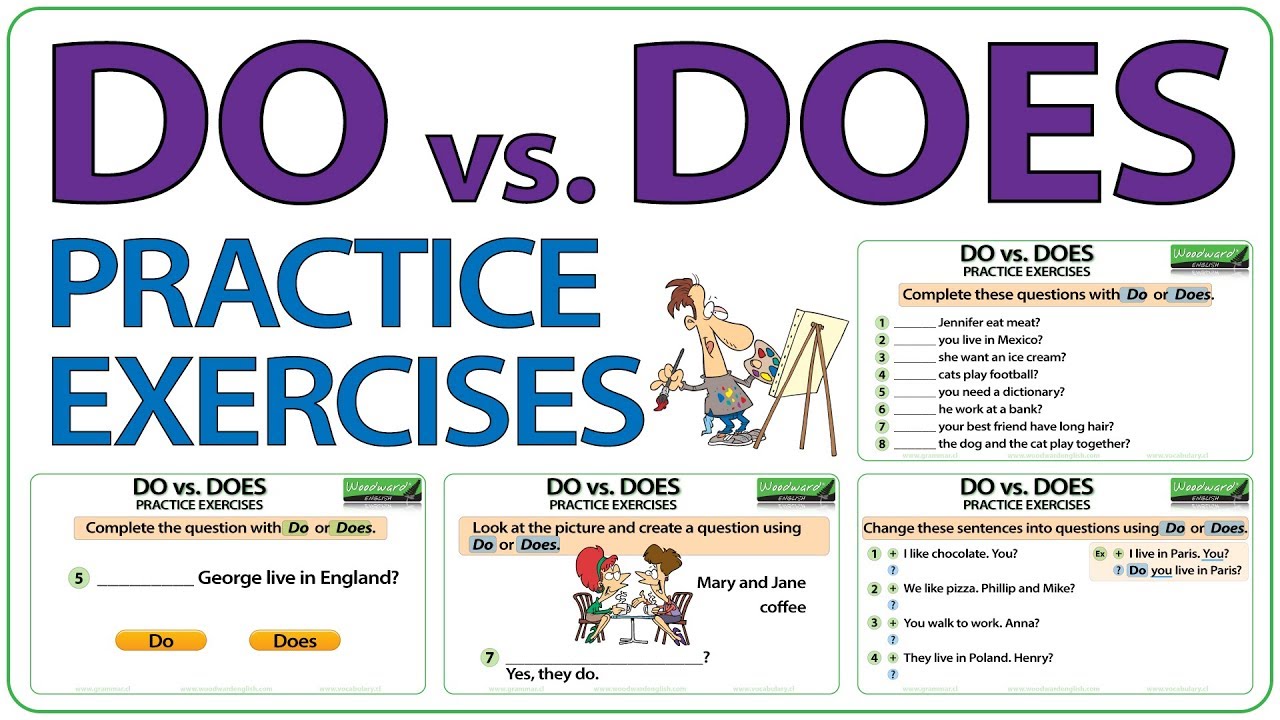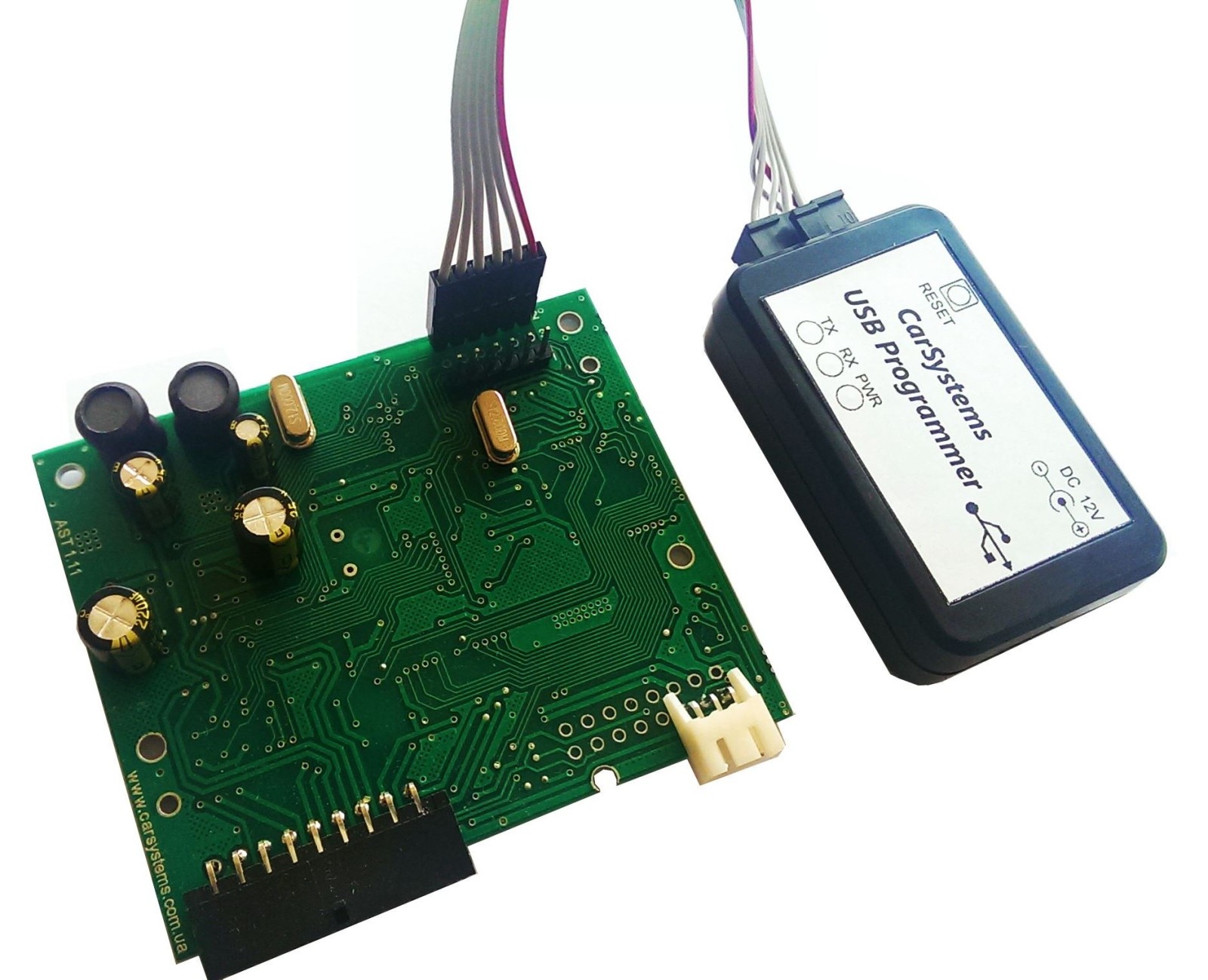Understanding the Distinctions: Data Science, Data Analytics, and Applied Data Science
Introduction
The rapid growth of digital information has led to an explosion in the demand for professionals who can interpret, manage, and extract value from data. Two of the most prominent fields in this space are data science and data analytics . While these terms are often used interchangeably, they represent distinct skill sets, responsibilities, and career trajectories. In addition, the rise of applied data science as a practical discipline has opened new pathways for organizations and individuals seeking to translate data into measurable outcomes. This article will clarify the differences between data science and data analytics, define applied data science, and provide actionable guidance for pursuing these opportunities.
Data Science vs. Data Analytics: Core Differences
Data science is an interdisciplinary field that encompasses mathematics, statistics, computer science, and domain knowledge to extract meaningful insights from large and often complex datasets. It covers the entire data lifecycle, from acquisition and cleaning to modeling and interpretation, and frequently involves developing new algorithms and predictive models [1] [2] .
Data analytics , by contrast, is more focused and practical. It involves examining structured datasets to answer specific business questions, identify trends, and support decision-making. Data analytics is primarily concerned with interpreting existing data, presenting findings through reports and visualizations, and helping organizations make data-driven choices [1] [2] .
Key Distinctions
- Scope: Data science is broader, covering the design of models and systems to handle both structured and unstructured data, while data analytics is more targeted, focusing on specific datasets and questions.
- Objective: Data scientists aim to predict future outcomes and generate new analytical methods, whereas data analysts focus on understanding historical data and producing actionable insights.
- Techniques: Data science leverages machine learning, artificial intelligence, and coding to build predictive models. Data analytics relies on statistical analysis and data visualization tools to interpret existing data [3] [4] .
- Data Types: Data scientists work with both structured (e.g., spreadsheets, databases) and unstructured data (e.g., text, images), while data analysts typically handle structured data [5] .
Real-World Example
Consider an e-commerce company seeking to understand and improve sales. A data analyst might examine past sales data to identify top-performing products and generate reports on seasonal trends. A data scientist would go further, designing a machine learning algorithm to predict which products will gain popularity next quarter, incorporating external data sources and customer behavior signals.
What Is Applied Data Science?
Applied data science refers to the practical use of data science methods and tools to solve real-world problems in specific domains such as business, healthcare, finance, or government. It focuses on the implementation and integration of data-driven solutions in operational settings, emphasizing measurable outcomes and actionable insights [1] .
Core Components
- Problem Definition: Clearly identifying the business or operational issue to be addressed through data-driven methods.
- Data Acquisition and Preparation: Gathering relevant data, cleaning, and organizing it for analysis.
- Model Development: Applying statistical, machine learning, or artificial intelligence techniques to build models that address the defined problem.
- Deployment and Monitoring: Integrating models into business processes, monitoring their performance, and refining as needed for continuous improvement.
Example: Predictive Maintenance in Manufacturing
In a manufacturing setting, applied data science may involve developing a predictive maintenance solution. This would include collecting sensor data from equipment, using machine learning algorithms to predict potential failures, and providing actionable recommendations for preventive maintenance. The practical application of these models can lead to reduced downtime, cost savings, and improved efficiency.

Source: jagranjosh.com
Building a Career in Data Science or Data Analytics
The demand for skilled professionals in both data science and data analytics continues to grow across industries. Here’s how you can pursue a career in either field:
Step-by-Step: Getting Started
- Assess Your Interests and Strengths: If you enjoy interpreting data and generating reports, data analytics may be ideal. If you prefer building models and exploring new ways to leverage information, data science could be a better fit.
- Educational Pathways: Data analysts typically require a bachelor’s degree in a quantitative field such as mathematics, statistics, or business. Data scientists often need advanced degrees (master’s or PhD) in computer science, machine learning, or a related area [5] .
- Develop Core Skills: Data analysts should focus on SQL, data visualization, and statistical analysis. Data scientists should master programming (Python, R), machine learning, and big data technologies.
- Gain Practical Experience: Seek internships, online projects, or contribute to open-source initiatives. Many organizations offer online bootcamps or professional certificates through established platforms.
- Build a Portfolio: Showcase your skills with real-world projects, such as dashboards, predictive models, or published analyses. This is crucial for demonstrating expertise to potential employers.
- Stay Current: The data field evolves rapidly. Regularly read industry news, attend webinars, and participate in online communities.
Alternative Pathways and Resources
If you are unsure where to start, consider searching for ‘beginner data analytics courses’ or ‘applied data science certificate programs’ on reputable platforms like Coursera, edX, or through local universities. Many organizations offer free introductory resources and sample projects. For those seeking guidance on career transitions, you can consult with a career counselor at your university or professional organization.
Challenges and Solutions in Data Careers
Embarking on a career in data science or analytics presents certain challenges:
- Technical Learning Curve: The volume of technical knowledge can be intimidating. Start with one programming language (such as Python) and build gradually.
- Access to Quality Data: Many beginners struggle to find real datasets. Public repositories like Kaggle or government open data portals can be valuable starting points.
- Keeping Skills Up-to-Date: Technologies and best practices change quickly. Dedicate time each month to learning and experimenting with new tools.
Overcoming Barriers
Joining professional networks, attending meetups, and participating in competitions can help you stay motivated and informed. Don’t hesitate to seek mentorship from experienced practitioners through LinkedIn or professional associations in your area.
Accessing Data Science and Analytics Opportunities
To access programs and opportunities in data science or analytics:
- Search for ‘data science degree programs’ or ‘data analytics certification’ on university and professional education websites.
- Explore online platforms such as Coursera, edX, and Udacity for verified courses led by industry experts.
- If seeking job opportunities, use trusted job boards with filters for ‘data scientist’ or ‘data analyst’ roles, and consider networking on LinkedIn for direct referrals.
- For mentorship or guidance, contact your local university’s career services or join data-focused professional associations.
Remember: Always use official channels and thoroughly research any organization or program before enrolling. If you need to verify a certification or degree program, contact the institution directly through their official website or phone number listed on their contact page.

Source: jagranjosh.com
Key Takeaways
- Data science is a broader, more technical field involving predictive modeling and handling complex, unstructured data.
- Data analytics focuses on interpreting structured data to answer specific business questions and support decision-making.
- Applied data science bridges theory and practice, delivering real-world solutions in diverse sectors.
- There are multiple paths to entering these careers, including formal education, online learning, and practical experience.
- Always use official sources and verified programs to ensure the quality and legitimacy of your training.
References
- [1] IBM (2023). Data science vs data analytics: What’s the Difference?
- [2] GeeksforGeeks (2025). Data Science vs Data Analytics.
- [3] Syracuse University (2025). Data Scientist vs. Data Analyst: Which Role Fits You Best?
- [4] Northeastern University (2025). Data Analytics vs. Data Science: A Breakdown.
- [5] Coursera (2025). Data Science vs Data Analytics: What’s the Difference?



